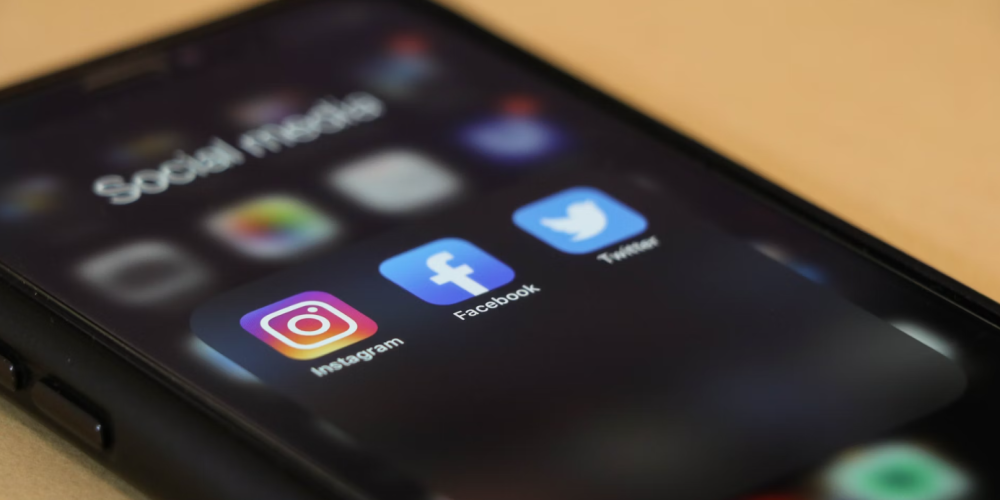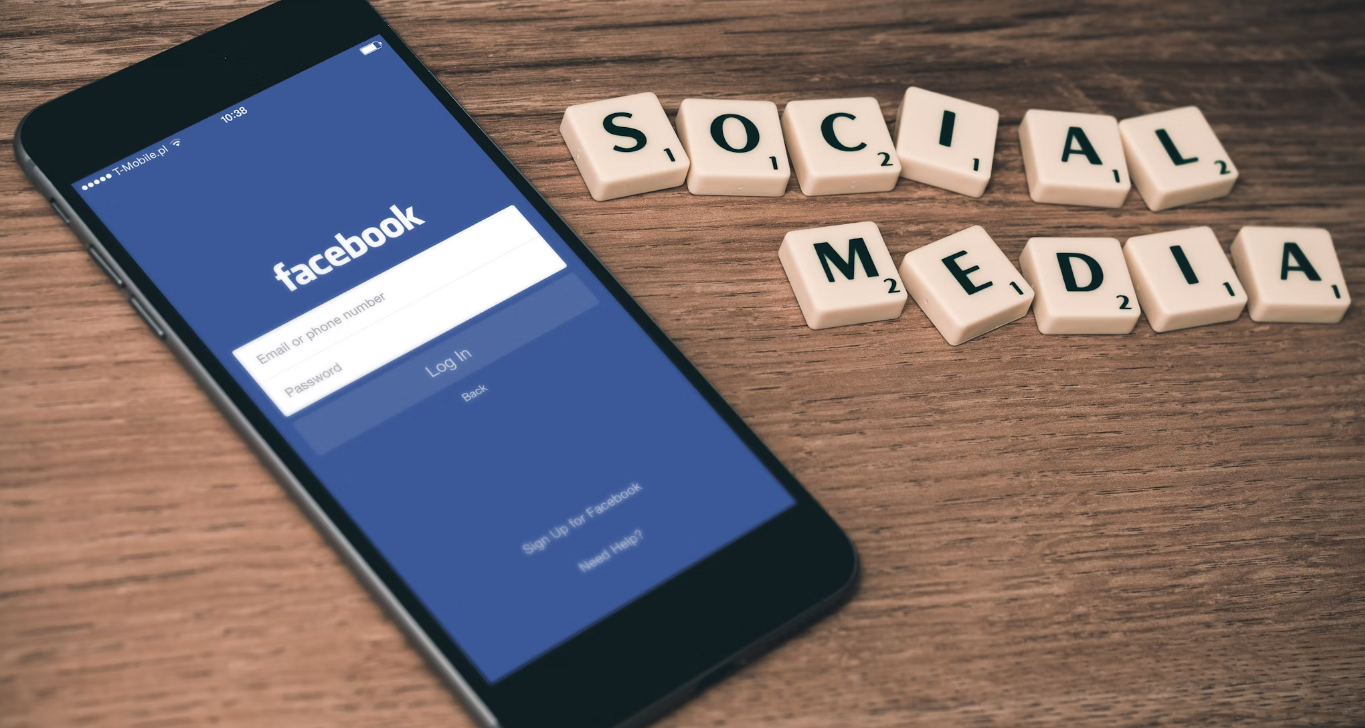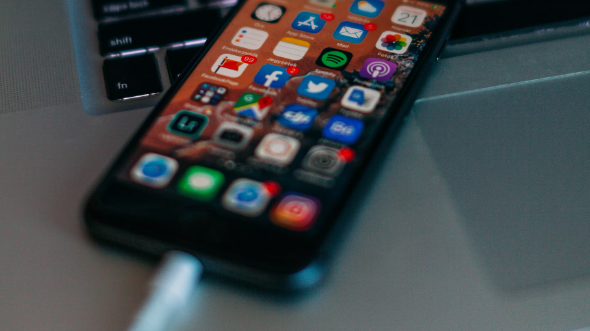Safeguarding Your Digital Footprint: Top 5 Security Strategies for Social Media Privacy
- 2024-03-10 09:45
- 0 Comments

In an age where our digital personas are just as prominent as our physical presence, the importance of securing personal information on social media cannot be overstated. With hackers and identity thieves constantly devising new methods to gain unauthorized access to personal data, users of social media apps must be vigilant and proactive in protecting their privacy. This article delves into five critical security tips that are essential for safeguarding your information in the vast and often vulnerable digital landscape of social media.
Tip 1: Strengthen Your Passwords

A solid password stands as the initial barrier against illicit entry into your social media profiles. To craft a robust password, steer clear of simple words and sequences; choose a sophisticated mix of capital and small letters, digits, and special characters instead. The more complex your password is, the more challenging it becomes for hackers to decipher it through brute force attacks.
Furthermore, it's wise to use a password manager for secure password storage. These utilities do more than just safeguard your passwords in an encrypted repository—they are also capable of creating and remembering intricate passwords on your behalf, simplifying the process of maintaining a distinct password for every social media account while preventing memory lapses. Make sure to update your passwords frequently, and avoid using the same password on multiple sites, as doing so can worsen the situation if any single account is breached.
Tip 2: Enable Two-Factor Authentication
Two-factor authentication (2FA) enhances the protection of your social media profiles by introducing a supplementary verification step beyond your usual password. This added measure could involve receiving a code via SMS on your cellphone, an email, or an alert from a dedicated authentication application. Should a hacker succeed in acquiring your password, they would also need to gain possession of your secondary authentication method to access your account, thereby greatly reducing the chances of an unauthorized entry.
Activating 2FA may seem like an inconvenience at first, but the additional few seconds it takes to log in pales in comparison to the time and stress involved in recovering a hacked account. Most social media platforms offer straightforward instructions to enable 2FA, and the peace of mind it provides is invaluable in protecting your personal information.
Tip 3: Audit Your Privacy Settings

Social media platforms often update their privacy policies and settings, which can sometimes reset your previous preferences or introduce new options that may affect your privacy. Regularly auditing your privacy settings ensures that you are aware of what information you are sharing and with whom. Check each platform's privacy settings to control the visibility of your posts, profile information, and friend lists.
It is also wise to be cautious about the amount of personal information you share on your social media profiles. Information such as your home address, phone number, and email should be kept private or shared only with people you trust. Adjust your settings to limit the audience for your personal details, and consider what you post publicly, as shared content can often be used to gather information about you for malicious purposes.
Tip 4: Be Wary of Phishing Attempts
Phishing is a widely used strategy by cybercriminals designed to deceive people into disclosing confidential information. They often use deceptive emails or messages that appear to come from legitimate sources, such as social media platforms, asking you to click on a link and enter your login details. Always be skeptical of unsolicited messages, especially those requesting personal information or prompting you to follow a link.
To protect yourself from phishing attempts, never click on suspicious links or attachments in messages, and do not provide your personal information unless you are certain of the sender's identity. If you receive a message that seems to be from a social media platform, it is best to go directly to the official website or app to verify any requests or notifications rather than clicking on links in the message.
Tip 5: Regularly Review Connected Apps and Sessions

Numerous social networking sites offer the feature to link external applications and services, providing additional capabilities. Nonetheless, these third-party connections can introduce security vulnerabilities. It's important to scrutinize the applications linked to your social media profiles and withdraw permissions from any that are no longer in use or seem unfamiliar. By doing this, you can hinder obsolete or potentially harmful applications from retaining access to your information.
In addition, most social media platforms provide tools to review active sessions, showing you where and on what devices your account is currently logged in. Regularly checking these sessions can help you spot any unauthorized access, allowing you to take immediate action by logging out of unfamiliar sessions and changing your password. This simple habit can go a long way in preventing unauthorized use of your account.






Leave a comment